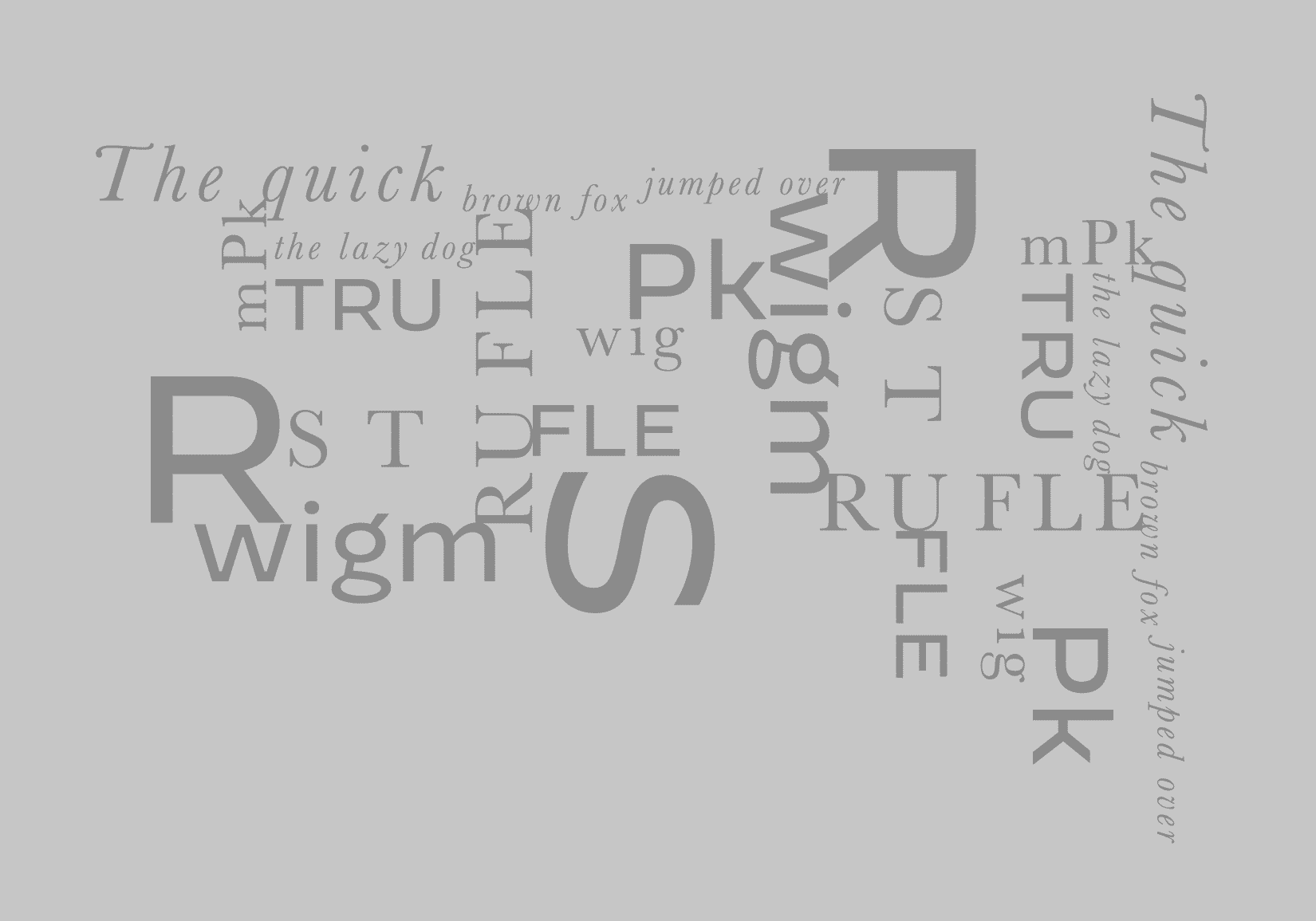Choosing the right colors for your brand is a crucial step in building a strong and effective visual identity. While color preference is subjective, certain colors are associated with specific traits or emotions that can influence how your brand is perceived by your target audiences. Understanding color psychology and its impact on branding can help you make informed decisions when choosing your brand colors.
For example, blue is often associated with trust, reliability, and professionalism, which makes it a popular choice for corporate brands. Green is associated with nature, health, and growth, which makes it a good fit for businesses in the wellness or environmental industries. Red is associated with passion, energy, and excitement, which makes it a good fit for brands in the entertainment or hospitality industries.
However, it’s important to note that color associations can also vary by culture and context. For example, in Western cultures, white is often associated with purity and cleanliness, while in some Eastern cultures, it’s associated with mourning and death. Therefore, it’s important to consider the cultural context of your target audience when choosing your brand colors.
Moreover, it’s not just about choosing the right colors but also using them effectively in your branding materials. Consistency in the use of your brand colors across all touchpoints, from your logo to your website and marketing materials, is key to building a strong and recognizable visual identity. This consistency can also help create a sense of trust and familiarity with your audience, which can lead to increased brand loyalty and recognition.
As branding expert David Aaker once said, “Brands are symbols and the colors of the brand represent the symbolism.” In other words, the colors you choose for your brand can convey important messages and meanings to your target audience. Therefore, it’s important to choose your brand colors thoughtfully and strategically.
Selecting the right colors for your brand is an important decision that can have a significant impact on how your brand is perceived by your target audience. By understanding color psychology, considering cultural context, and using your brand colors consistently across all touchpoints, you can build a strong and effective visual identity that resonates with your audience and helps you stand out in a crowded marketplace. As Pablo Picasso once said, “Colors, like features, follow the changes of the emotions.” By leveraging the power of color in your branding, you can tap into the emotions of your audience and create a lasting impression on their minds.
Written with the help of AI.

Remixed’s 10 Step Process
Our 10-step process is the backbone of our customer journey. From the initial discovery phase, where we listen to the client and understand their strategic objectives, to strategic development, design, multiple rounds of refinement, and the final deployment of deliverables, clients should experience an engaging, collaborative, and satisfying journey with our agency. Listen (Discovery Phase):…

How Dunkin’ Successfully Rebranded in 2019
The history of Dunkin’ began with a restaurant called “Open Kettle” in Massachusetts, in 1948. Founder William Rosenberg served donuts for five cents and premium cups of coffee for ten cents. Rosenberg renamed his restaurant “Dunkin’ Donuts” in 1950, and franchised his brand in 1955. Since 1950, the number of Dunkin’ restaurants has increased to…

What is Brand Consistency and Why is it Important?
Brand consistency means always delivering messages aligned with the core brand values in the same tone, presenting the brand’s visual language in a consistent way, and repeating the same colors throughout the cohesive brand experience. Over time, these elements become ingrained in the minds of consumers, and they’re more likely to remember your brand. Brand…

The Future of Branding: How Technology is Shaping the Industry
Executive Summary As we move further into the digital age, technology continues to revolutionize the branding landscape. This white paper will examine the key technological developments shaping the future of branding and discuss how businesses can leverage these advancements to create stronger brand identities, enhance customer experiences, and maintain a competitive edge. Topics covered include…

How to Create a Brand
Building a strong brand is essential for any business looking to stand out in today’s highly competitive market. A successful branding strategy can help you connect with your target audience, build trust, and differentiate your business from your competitors. Here are some tips on how to build a strong brand for your business: Determine your…

The Foundations of Branding
The foundations of your brand is your logo, your messaging, website, imagery and promotional materials. Keeping a consistent brand is critically necessary when it comes to building brand equity. Brand equity adds value to your company based on the core values you promote, and comes in the form of perceived quality. Brand consistency is key…

Different Applications of Graphic Design Skills
There are a lot of different possible applications for graphic design. Some graphic designers or agencies will specialize, or be niche-specific. However, many brands often require numerous avenues for approaching brand awareness. Since a branding agency concerns itself with your brand on a comprehensive level—from the tiniest details to the big picture—they can be a…

What is the Difference Between Serif and Sans-Serif Typefaces?
You may have heard the terms serif and sans-serif before, but do you know what those terms actually mean? In typography, a serif is a small line, stroke, or other decorative flair regularly attached to the end of a larger stroke in a letter or symbol within a particular font or family of fonts. “Sans”…

